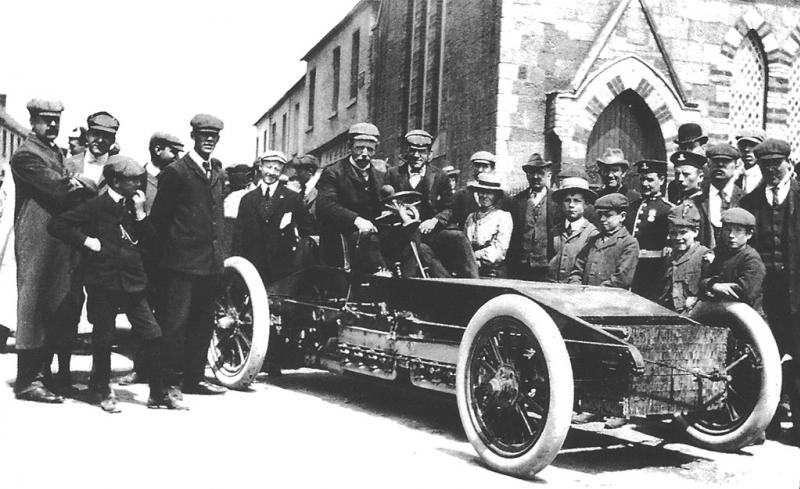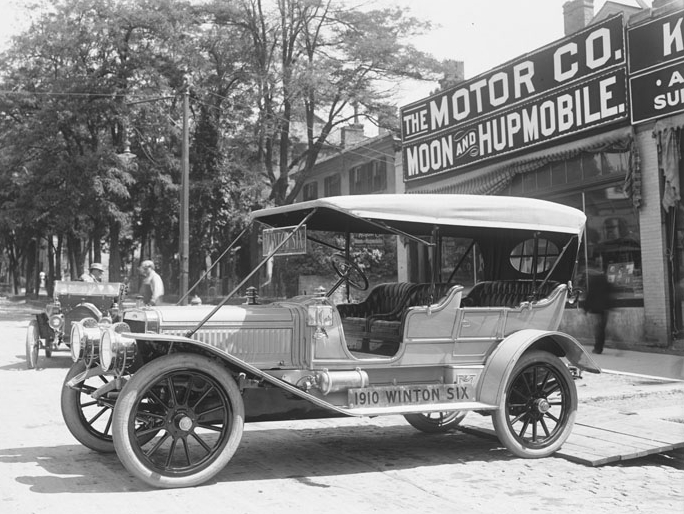
A new edition of Scientific American landed on newstands on this day in 1898, and within its pages one could find the very first magazine advertisement for an automobile. Cleveland, Ohio, based Winton Motor Carriage Company ran the ad, which asked readers to “Dispense with a horse and save the expense, care and anxiety of keeping it. To run a motor carriage costs about ½ cent a mile.”
Alexander Winton, like many bicycle makers at the time, began experimenting with single-cylinder engines in 1896. He was soon manufacturing motors suitable for powering horseless carriages, leading him to incorporate his new car company the following year on March 15. The first Winton vehicles were hand assembled and included padded seating, a leather roof, gas lamps, hand painted sides and B.F. Goodrich tires. Despite the fine details of the Winton, sales were sluggish at best.

By May of 1897 Winton was producing a 10 horsepower car that could travel as fast as 33 miles per hour, a breakneck speed for the time. While impressive, many potential buyers were skeptical of the new contraptions, believing them to be toys of the rich. To woo consumers, Winton organized an 800 mile endurance test from Cleveland to New York City. While successful, the young car company was not earning any profit.
With customers far and few between, Winton took to print to reach new buyers, and finally found success. Following the run of the first advertisement in Scientific American, Winton began taking numerous orders for Winton Carriage Company vehicles, selling 21 by the end of the year. One of those orders was placed by a gentleman named James Packard. The buyer was dissatisfied with his Winton and upon taking it up with Alexander Winton himself, he was given no remorse. Winton simply told Packard to build his own car if he didn’t like the one he purchased. He took him up on the challenge and the first Packard automobiles hit the market in 1899.

Despite no guarantee of customer satisfaction, Winton would be operating the largest automotive manufacturing facility in the United States by 1898. The next year Winton sold more than 100 vehicles within 12 months for the first time. The company remained successful with upscale consumers until the end of the 1910s, when sales began to slip. The decline is often attributed to the company’s lack of development in both style and engineering. The final Winton automobile left the assembly line on February 11, 1924.

The company’s engine division would continue to manufacture engines for rail cars and other marine and rail applications. The Winton Engine Company ended up as a General Motors company in 1930. Following the move, Winton began producing engines for diesel passenger locomotives, Navy submarines and other large vehicles. In 1938, GM reorganized Winton as the General Motors Cleveland Diesel Engine Division. In 1962, GM’s Electro-Motive Division absorbed the company, where it remained until being sold in 2005. Today, Electro-Motive diesel operates as a subsidiary of Progress Rail.





















